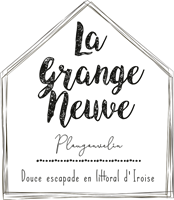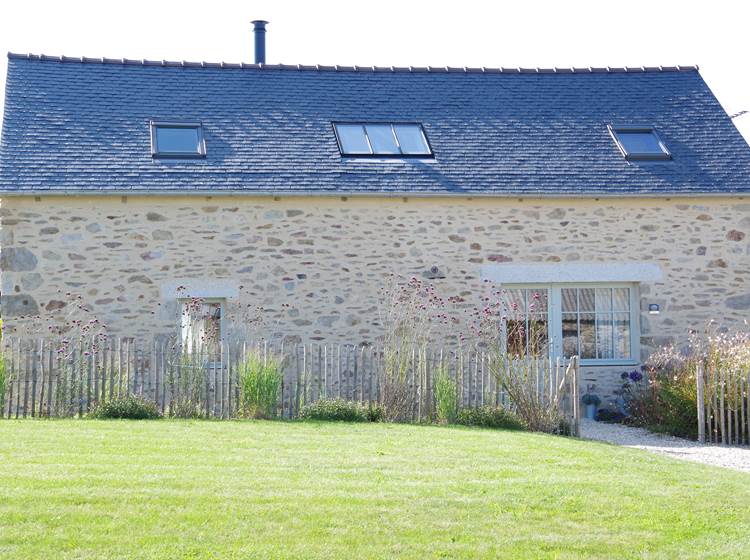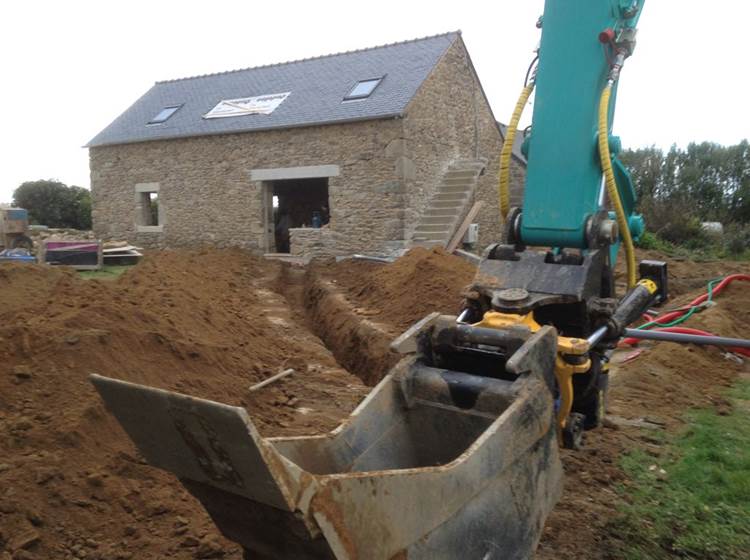History and heritage of the place.
The Poulherbet farmhouse, located in Plougonvelin (Finistère, Brittany), is a precious heritage passed down through the generations in my family.
In 2017, after finding this farm typical of our region, the Pays d'Iroise, where I grew up, Dominique and I chose to mark our passage in the history of this family property by rehabilitating it while honoring its past.
Renamed ""La Grange Neuve"" , this farm embodies a subtle balance between tradition and renewal.
The evolution of La Grange Neuve
La Grange, our first charming gîte in Finistère
The first stage consisted of the complete renovation of a barn built in 1936. This agricultural building, formerly used for preparing animal feed and storing crops, has retained its authentic character thanks to careful restoration, respectful of its history and its environment.
As part of our ecological approach, focused on environmental protection, we entrusted this project to eco-renovation professionals. Keen to preserve the building's authenticity and integrity, we favored the use of original stones as well as natural materials such as lime, wood, terracotta, wood fiber, cellulose wadding, and hemp.
The work accomplished by the project manager and selected craftsmen, their recommendations, as well as our choice of furniture and decor, allow our guests to enjoy a comfortable and healthy vacation home. Perfect for a short getaway or an extended stay, we named it "The Barn" in homage to its former purpose.
Our family home
Passed down through the generations, our family home dates back to the 17th century. These ancient stones tell the stories of those who came before us, enriching the history of the place. For its renovation, we collaborated with the project manager who had previously worked on La Grange.
Thanks to its expertise in heritage preservation and the talent of local businesses, it has been able to respect the soul of this residence while adapting it to contemporary requirements.
The Stable Garden, the second charming gîte at La Grange Neuve
This building, dating from 1814 according to a masonry estimate found in the family archives, after having served as a stable, had already been completely renovated in the past. However, it deserved a new transformation to regain all its splendor.
We converted it into a second gîte, combining respect for tradition and comfort through the use of ecological materials.
Among the works carried out, lime paints were applied, and an innovative, low-carbon footprint cork floor was installed.
Thus, this space rediscovers its vocation while offering lasting and harmonious comfort.
At La Grange Neuve, each stone perpetuates my family's legacy, testifying to our commitment to preserving this heritage while bringing it into the present.










